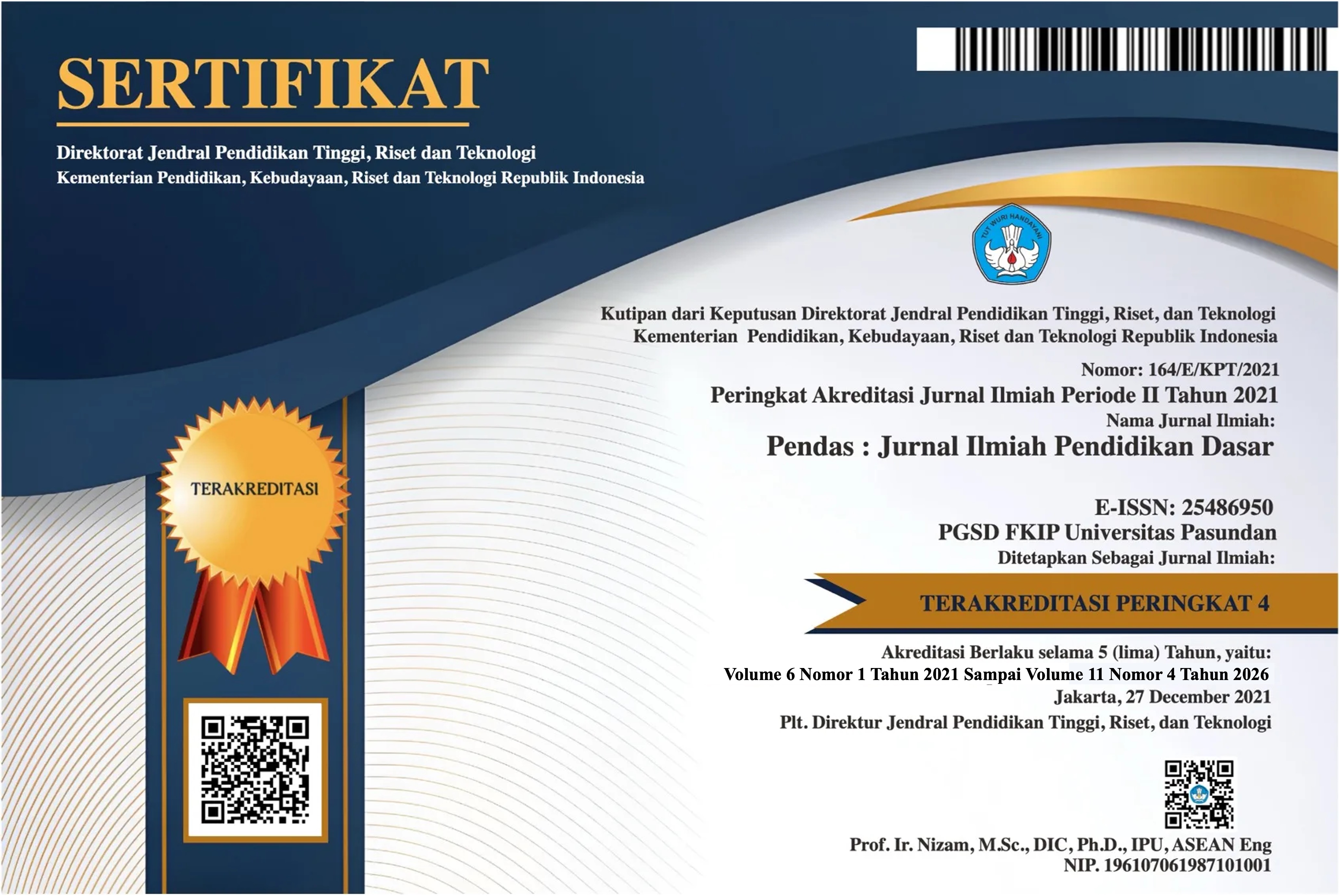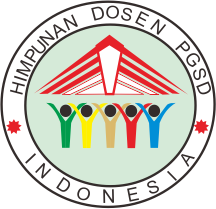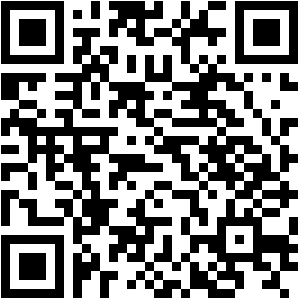EKSPLORASI KERRABHAN SAPE: DARI KALELES DAN LINTASAN PACU KE IDE CRITICAL SPATIAL THINKING DALAM PEMBELAJARAN MATEMATIKA
DOI:
https://doi.org/10.23969/jp.v10i04.34847Keywords:
Critical Spatial Thinking, Kerrabhan Sape, MathematicAbstract
Kerrabhan Sape is full of critical spatial thinking activities because it involves the creativity of spatial objects from the installation of 'kaleles' (where the jockey controls the cow) in the pacu (race track). The purpose of this study is to explore the ideas of critical spatial thinking and mathematical ideas from Kerrabhan Sape culture so that they can be integrated into mathematics learning. The research method is qualitative research, with data collection techniques in the form of observation, documentation, and internet search. Data analysis is in the form of data reduction, data presentation, and drawing conclusions. The results of the study are in the form of critical spatial thinking ideas: (1) coding the characteristics of spatial objects, such as: describing the size, shape, position, and properties of the shape and comparing similarity, parallelism, and congruence in 'kaleles' and pacu track, (2) application of spatial objects in problem situations, such as: calculating, checking the validity of solutions, and assessing the effect of changes in size and position on the results in 'kaleles' and pacu track, (3) creativity of spatial objects, such as: designing innovative solutions by adding decorative ornaments to the cows and providing track barriers between pairs of cows. The mathematical ideas that emerge are: (1) angles, (2) midpoints, (3) similarity, (4) parallelism, (5) congruence, (6) geometry (flat shapes), (7) symmetry, (8) numbers (number operations), and (9) speed. In mathematics learning, these ideas play a role in explaining the concepts of numbers, geometry, and measurement.
Downloads
References
Aini, Z., Afifah, N., Muslim, I., & Hasanah, I. (2019). Eskplorasi Etnomatematika Budaya Kerabhen Sape Madura. Journal of Medives : Journal of Mathematics Education IKIP Veteran Semarang, 3(2), 177–183. https://doi.org/10.31331/medivesveteran.v3i2
Alvianto, A. L., & Setianingsih, R. (2024). Eksplorasi Etnomatematika Pada Peninggalan Sejarah Dan Budaya Sumenep. MATHEdunesa, 13(1), 234–254. https://doi.org/10.26740/mathedunesa.v13n1.p234-254
Bearman, N., Jones, N., André, I., Cachinho, H. A., & DeMers, M. (2016). The future role of GIS education in creating critical spatial thinkers. Journal of Geography in Higher Education, 40(3), 394–408. https://doi.org/10.1080/03098265.2016.1144729
Carvalho, I. C. (2021). Critical Spatial Thinking in Women’s Resilience for An Inclusive City. Journal of Advanced Research in Social Sciences, 4(1), 32–40. https://doi.org/10.33422/jarss.v4i1.688
Darwis Abroriy. (2020). Etnomatematika dalam Perspektif Budaya Madura. Indonesian Journal of Mathematics and Natural Science Education, 1(3), 182–192. https://doi.org/10.35719/mass.v1i3.44
Duke, B. A., & Kerski, J. (2010). Geo-cool: Exploring with geotechnologies. Learning & Leading with Technology, 28(2), 28–31.
Fadhilah, N., & Sholikin, N. W. (2025). Eksplorasi Etnomatematika Pada Kerapan Sapeh Brujul. 1(3).
Goodchild, M. F., & Janelle, D. G. (2010). Toward critical spatial thinking in the social sciences and humanities. GeoJournal, 75(1), 3–13. https://doi.org/10.1007/s10708-010-9340-3
Gould, M. (2010). The challenges of GIS education today. GEOconnexion International Magazine, 22–24.
Gryl, I., & Jekel, T. (2012). Re-centring geoinformation in secondary education Toward a spatial citizenship approach. Cartographica, 47(1). https://doi.org/10.3138/carto.47.1.18
Kim, M., & Bednarz, R. (2013). Development of critical spatial thinking through GIS learning. Journal of Geography in Higher Education, 37(3), 350–366. https://doi.org/10.1080/03098265.2013.769091
Mujahidin Farid. (2023). Pemanfaatan Konten Multibudaya Dalam Pembelajaran Seni Budaya Di Sekolah Dasar. The Elementary Journal, 1(1), 20–27. https://doi.org/10.56404/tej.v1i1.48
National Council of Teachers of Mathematics (Ed.). (2005). Principles and standards for school mathematics (4. print). National Council of Teachers of Mathematics.
Putra, A. P., & Prasetyo, D. (2022). Peran Etnomatematika Dalam Konsep Dasar Pembelajaran Matematika. Jurnal Intersections, 7(2).
Sarofah, E., Setyaningsih, A., Sappaile, B. I., Saputra, A. M. A., & Nugraha, M. A. P. (2023). Pelatihan Pemanfaatan Media Pembelajaran Berbasis Video Dalam Penyampaian Materi Di Sekolah.
Sinton, D. S. (2017). Critical Spatial Thinking. In D. Richardson, N. Castree, M. F. Goodchild, A. Kobayashi, W. Liu, & R. A. Marston (Eds), International Encyclopedia of Geography (1st edn, pp. 1–9). Wiley. https://doi.org/10.1002/9781118786352.wbieg0706
Sugiyono. (2022). Metode Penelitian Kuantitatif, Kualitatif dan R&D (Edisi 2|Cetakan Ke-29). Penerbit Alfabeta, Bandung.
Wardhani, I. S. (2024). Pengembangan Modul Ajar Materi Geometri Untuk Menumbuhkan Spatial Skills Siswa Sekolah Dasar. JP2M (Jurnal Pendidikan dan Pembelajaran Matematika), 10(1), 277–289. https://doi.org/10.29100/jp2m.v10i1.5759
Downloads
Published
Issue
Section
License
Copyright (c) 2025 Pendas : Jurnal Ilmiah Pendidikan Dasar

This work is licensed under a Creative Commons Attribution 4.0 International License.


















